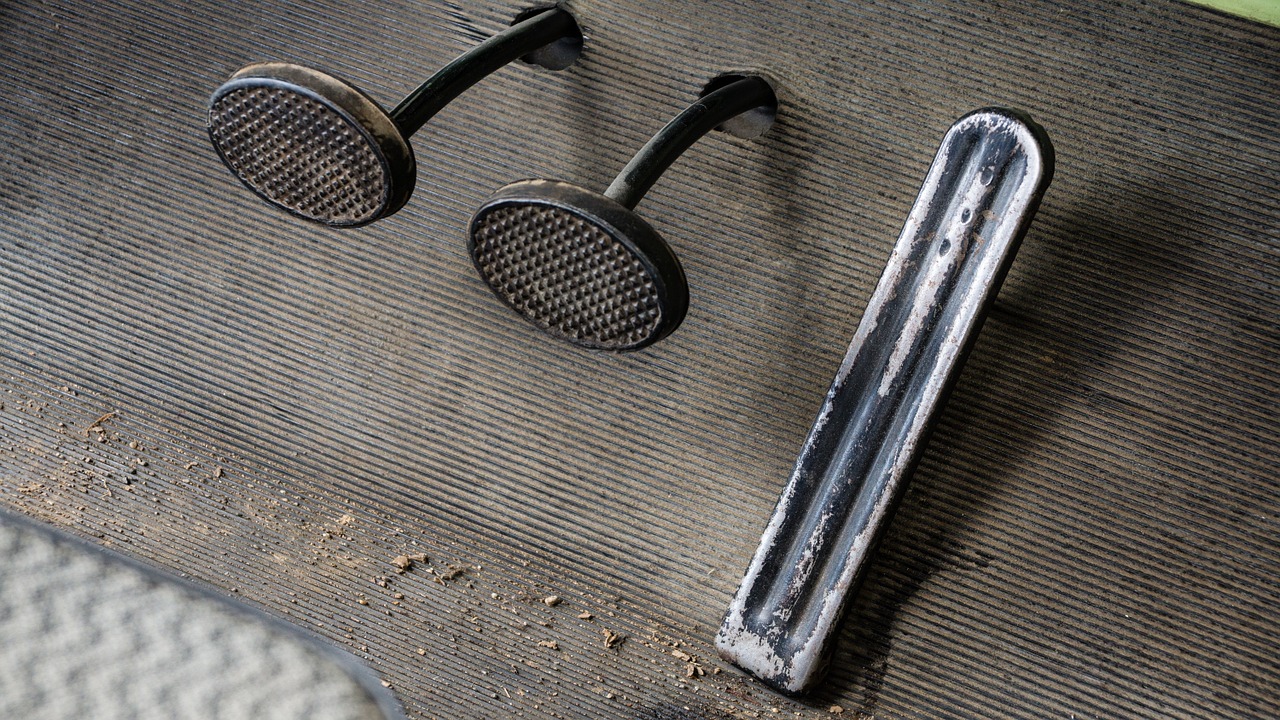Contents
– Intro:
– What is a hydraulic clutch control
– Composition of the hydraulic control
– Step 1: Fill the clutch fluid tank
– Step 2: Prepare the bleed bottle
– Step 3: Perform the clutch bleeding operation
– Step 4: Confirm the clutch bleed
– Step 5: Level the fluid reservoir
Intro: What is a hydraulic clutch control
The function of the clutch system is to transmit the engine’s rotational movement to the gearbox. It allows the vehicle to move smoothly from standstill to forward motion and engage all the gearbox gears in succession.
When a hydraulic clutch’s components have been replaced due to a hydraulic fluid leak, it becomes necessary to bleed the clutch. This means removing all air from the hydraulic clutch control. This operation is essential, without which this defect will result in the impossibility of engaging the gears and disengaging the clutch.
Good to know: there are two technical solutions for manual clutch control by the driver via the clutch pedal: either cable control or hydraulic control.
This post provides you with a step-by-step guide to bleeding a hydraulic clutch.
Composition of the hydraulic control

The hydraulic control is composed of 3 elements:
– The clutch transmitter. Placed in front of the clutch pedal, it consists of a piston activated by the clutch pedal.
– The clutch receiver. It is located in front of the clutch fork. Its body also contains a piston which is connected to the transmitter by a pipe.
– A reservoir. Depending on the configuration, it is placed on the transmitter or the brake master cylinder. It supplies the clutch control circuit with brake fluid (usually DOT4).
Operation of the hydraulic control system
– When the clutch pedal is depressed, the incompressible fluid is pressurized by the piston of the clutch master cylinder.
– This pressure is communicated to the clutch slave: its piston is then pushed back.
– The latter, in turn, actuates the clutch fork.
Step 1. Fill the clutch fluid reservoir
This operation is necessary to prevent air from entering the clutch control system.
– Locate the filler jar:
◦ it is located in the engine compartment, on the driver’s side, near the brake jar ;
◦ or it is an integral part of the brake jar.
– Protect the immediate environment with rags.
– Also, place a cardboard box under the vehicle to prevent accidental seepage of hydrocarbons into the ground.
Necessary: apply these measures correctly because brake fluid is a very corrosive product for the environment and the vehicle itself (connections, bodywork, etc.).
– Put on protective gloves and unscrew the cap of the jar.
Using a funnel to avoid splashes in the engine, fill the jar with brake fluid to the maximum.
2. Prepare the bleed bottle
The purpose is to prevent the fluid from overflowing and seeing the air escaping from the system through the bubbles formed in the fluid.
– Get a 25 or 50 cl plastic bottle.
– Pierce the cap and insert a transparent nylon tube.
Good to know: for more efficiency, place a non-return valve in the hose, in the direction of flow towards the bottle. This will prevent air from flowing back into the system.
– Fill the bottle halfway with brake fluid, making sure to immerse the end of the nylon hose in the fluid. 3.
Step 3. Perform the clutch bleeding operation
Have a second person assist you with this step.
Prepare to bleed:
– Have a wrench or open-end wrench available to operate the bleed screw on the receiver. This is usually a 7 or 8 wrench.
– Connect the hose and cylinder to the bleed screw.
Important: During the entire purging operation, the hose must remain in place on the purge screw.
Perform pumping and venting
– Ask a friend to sit at the operator’s station.
Good to know: you are the one who will open or close the bleed screw, so you are in control of the operation.
– With the bleed screw closed, ask your friend to press and release the clutch pedal down and back up (he pumps on the pedal).
– Then, ask for continuous full pressure on the clutch pedal.
– Loosen the bleed screw: the air trapped in the circuit escapes into the bottle.
– Close the bleed screw.
– Repeat the pumping and bleeding operations until all the air is gone.
Good to know: the bled brake fluid must be recovered for recycling. In general, waste recycling centres will take care of these hydrocarbons.
Step 4. Validate the clutch bleed
It is essential to check the effectiveness of your operation.
– Pump the clutch pedal several times: you should gradually feel slight resistance when you depress it.
– Apply the parking brake.
– Start the vehicle.
– Disengage the clutch and put the vehicle in gear: the maneuver should be smooth and without cracking.
If it does not, repeat the bleeding process from the beginning.
Step 5. level the fluid reservoir
– The tank often has a maximum fluid level: readjust this level if necessary.
– In a standard reservoir configuration with the brake master cylinder, it is essential not to exceed the maximum level. Remove excess fluid with a syringe if necessary.
Note: If the maximum level is exceeded, fluid may spill out of the reservoir when changing the brake pads.
For more help, you can contact a professional in Bayside, and please remember to share your experience in the comment section below.

